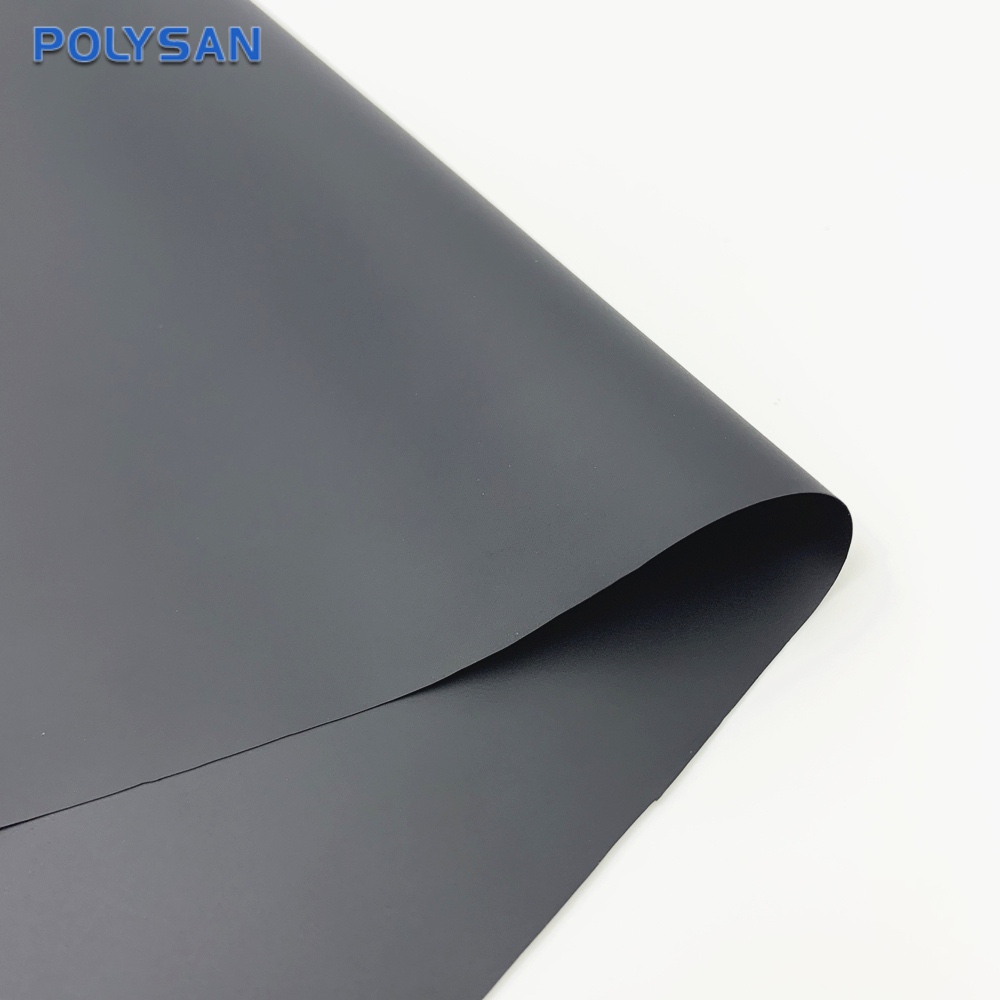Navigating the Selection Process: Key Factors for Choosing High-Low Temperature TPU Film
2024-03-08
Introduction:
Selecting the right material for a specific application is crucial to ensure optimal performance, durability, and cost-effectiveness. When it comes to high-low temperature Thermoplastic Polyurethane (TPU) film, several factors must be considered to make an informed decision. In this blog post, we'll explore the key factors that should be taken into account when selecting high-low temperature TPU film for a particular application, helping you navigate the selection process with confidence.
1. Temperature Requirements:
One of the primary factors to consider when selecting high-low temperature TPU film is the temperature range to which the material will be exposed during the application's operation. Evaluate the minimum and maximum temperatures that the TPU film will encounter, ensuring that it can withstand the expected temperature fluctuations without compromising its mechanical properties or performance.
2. Environmental Conditions:
Assess the environmental conditions in which the TPU film will be used, including exposure to sunlight, moisture, chemicals, and mechanical stress. Choose a TPU film formulation that offers the required resistance to UV radiation, water, humidity, oils, solvents, acids, and bases based on the specific environmental challenges of the application.
3. Mechanical Requirements:
Determine the mechanical requirements of the application, such as tensile strength, tear resistance, flexibility, and abrasion resistance. Select a high-low temperature TPU film with mechanical properties that align with the performance demands of the application, ensuring durability, reliability, and long-term functionality under operational conditions.
4. Flexibility and Elasticity:
Consider the flexibility and elasticity requirements of the application, particularly if the TPU film needs to conform to irregular shapes, undergo bending or stretching, or withstand repeated movements without cracking or breaking. Choose a TPU film formulation that offers the desired level of flexibility and resilience to ensure compatibility with the application's design and functionality.
5. Chemical Compatibility:
Evaluate the compatibility of the TPU film with the chemicals or substances it will come into contact with during use. Ensure that the TPU film is resistant to chemical exposure and will not degrade, discolor, or lose integrity when exposed to oils, solvents, cleaning agents, or other chemicals commonly encountered in the application's environment.
6. Regulatory Compliance:
Check if the high-low temperature TPU film complies with relevant regulatory standards and industry certifications applicable to the application. Ensure that the TPU film meets regulatory requirements for safety, performance, and environmental impact, including certifications such as REACH, RoHS, FDA compliance for food contact, and biocompatibility for medical applications.
7. Manufacturing Process Compatibility:
Consider the compatibility of the TPU film with the manufacturing processes involved in producing the final product or assembly. Ensure that the TPU film can be processed using the required fabrication techniques, such as heat sealing, welding, bonding, or laminating, without compromising its properties or performance.
8. Cost and Availability:
Evaluate the cost-effectiveness and availability of the high-low temperature TPU film relative to alternative materials or formulations. Consider factors such as material cost, processing costs, lead times, and supply chain reliability to ensure that the selected TPU film meets budgetary constraints and production timelines without sacrificing quality or performance.
Conclusion:
Selecting high-low temperature TPU film for a particular application requires careful consideration of various factors, including temperature requirements, environmental conditions, mechanical properties, flexibility, chemical compatibility, regulatory compliance, manufacturing process compatibility, cost, and availability. By thoroughly evaluating these factors and choosing a TPU film formulation that meets the specific needs and challenges of the application, designers, engineers, and manufacturers can ensure optimal performance, durability, and reliability of the final product or assembly. Taking a systematic approach to the selection process empowers decision-makers to make informed choices and achieve successful outcomes in their applications.



